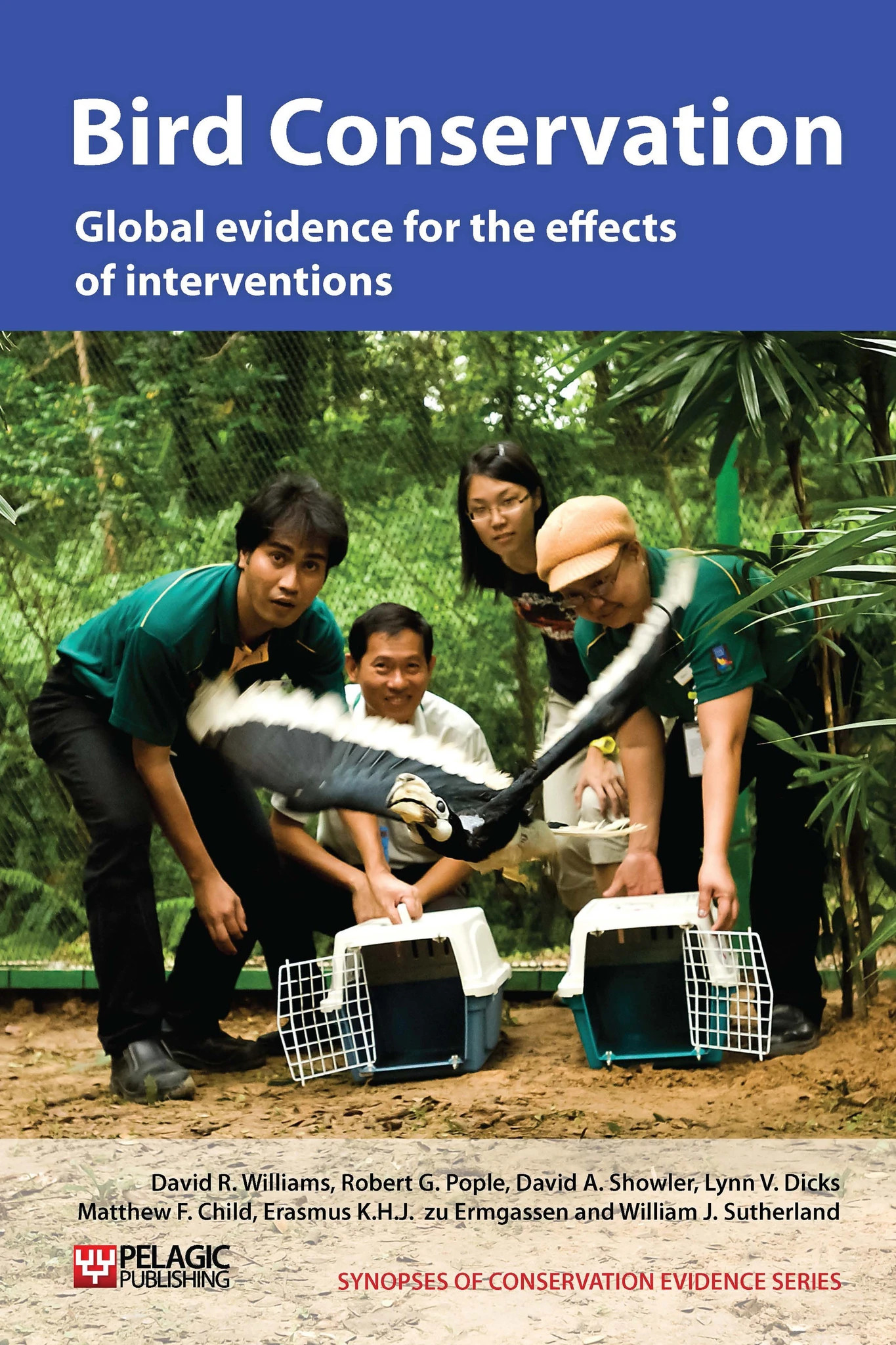Reduce inter-specific competition for nest sites of woodpeckers by removing competitor species
-
Overall effectiveness category Unknown effectiveness (limited evidence)
-
Number of studies: 4
View assessment score
Hide assessment score
How is the evidence assessed?
-
Effectiveness
34% -
Certainty
28% -
Harms
0%
Study locations
Supporting evidence from individual studies
A small before-and-after study in a loblolly Pinus taeda and longleaf P. palustris pine forest in South Carolina, USA (Allen et al. 1993) found that by the end of 1991, the local population of red-cockaded woodpeckers Picoides borealis consisted of six breeding pairs and 15 other birds after the removal of southern flying squirrels Glaucomys volans (compared with one breeding pair and two other birds in 1986). As the population grew, 26-108 southern flying squirrels were removed from potential woodpecker nest cavities each month. This study is discussed in detail in ‘Translocate individuals’).
Study and other actions testedA study in mixed pine Pinus spp. forests in South Carolina, USA (Franzreb 1997) found that a population of red-cockaded woodpeckers Picoides borealis increased from four individuals in 1985 to 99 in 1996, whilst the number of breeding pairs increased from one to 19 following intensive management. Management included the removal of 2,304 southern flying squirrels Glaucomys volans (a competitor for, and kleptoparasite of, woodpecker cavities) from the site. Of the squirrels removed, 1,511 (66%) were from artificial cavities, 652 (28%) from natural cavities and 141 (6%) from nest boxes. Other interventions included the provision of artificial cavities and nest boxes (see ‘General responses to small/declining populations – Provide artificial nesting sites’), fitting artificial cavities with restrictor plates to prevent them being enlarged by other woodpeckers (see ‘Protect nest sties from competitors’). Other interventions included translocations of adults and fledglings and habitat management and are discussed in ‘General responses to small/declining populations – Translocate individuals’ and ‘Threat: Natural system modifications – Forest modifications’.
Study and other actions testedA study between 1994 and 1996 in a mixed pine Pinus spp. forest in eastern Texas, USA (Carrie et al. 1999) found that reintroducing red-cockaded woodpeckers Picoides borealis into parts of their former range was successful when southern flying squirrels Glaucomys volans (a competitor for, and kleptoparasite of, nesting cavities) were removed before woodpecker release. This study is discussed in detail in ‘Translocate individuals’.
Study and other actions testedA randomised, replicated and controlled before-and-after study in 2001-2 in 16 sites in longleaf pine Pinus palustris forests in northern Florida, USA (Kappes & Davis 2008) found that culling 168 southern flying squirrels Glaucomys volans from potential red-cockaded woodpecker Picoides borealis breeding cavities over a 12 month period significantly reduced the number of cavities occupied by squirrels (squirrels occupied 0.46 cavities/territory, red-cockaded woodpeckers occupied approximately 2 cavities/territory), compared to control territories but that there was no corresponding increase in cavity occupancy by red-cockaded woodpeckers (squirrels occupied 0.96 cavities/territory, red-cockaded woodpeckers occupied approximately 2 cavities/territory). Instead, there was an increase in occupancy by red-bellied woodpeckers Melanerpes carolinus, another cavity kleptoparasite (1 cavity/territory occupied vs. 0.69 cavities/territory for experimental and control sites respectively). This increase was most noticeable between July-December (a 103% increase compared to controls), when most fledgling red-cockaded woodpeckers acquire cavities.
Study and other actions tested
Where has this evidence come from?
List of journals searched by synopsis
All the journals searched for all synopses
This Action forms part of the Action Synopsis:
Bird Conservation
Bird Conservation - Published 2013
Bird Synopsis





)_2023.JPG)














